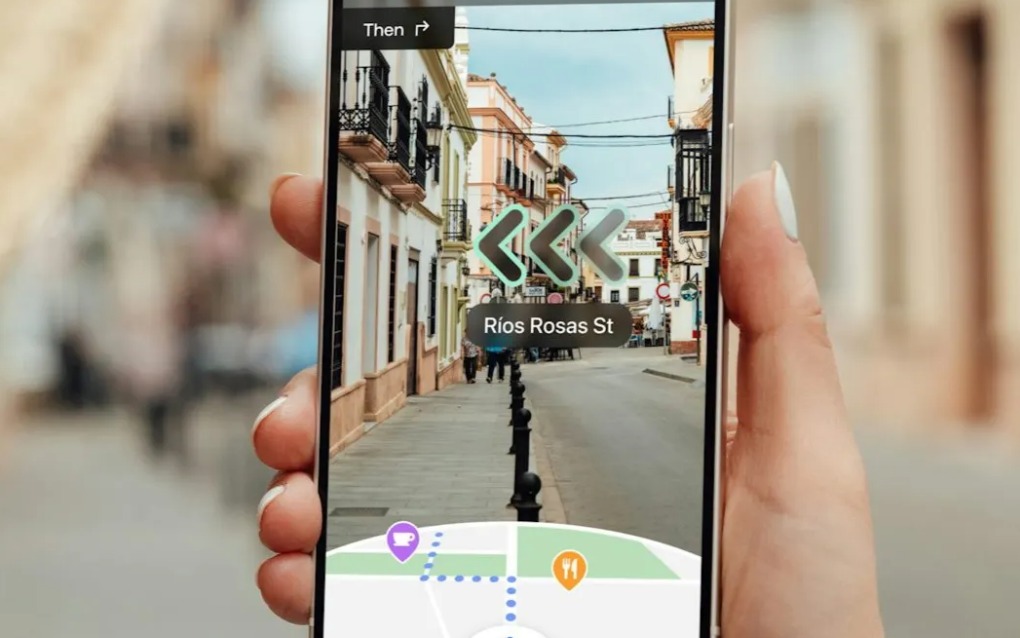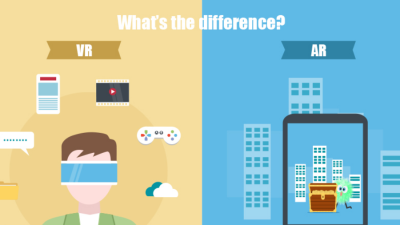What Is Augmented Reality?
Augmented reality (AR) represents a technological evolution that enhances our perception of the real world by overlaying digital information onto our physical surroundings. Unlike virtual reality, which creates entirely immersive digital environments, AR maintains our connection to the actual world while enriching it with contextual digital elements.
This integration happens in real-time, allowing users to interact with both physical and virtual components simultaneously. The technology uses cameras, sensors, and sophisticated software to recognize physical spaces and seamlessly incorporate digital content that appears to exist within our natural environment.
The Technology Behind AR
The functionality of augmented reality relies on several key components working in harmony:
Cameras and sensors capture information about the physical environment, including depth, distances, and surfaces. Powerful processors then analyze this data to understand the spatial characteristics of the surroundings. Advanced software renders digital content and positions it appropriately within the physical space. Display systems—whether headsets, smartphones, or specialized glasses—present the combined real and virtual elements to the user.
The most compelling AR experiences incorporate precise motion tracking, environmental recognition, and lighting estimation to ensure digital objects behave naturally within the physical world.
Applications Across Industries
Augmented reality has transcended its initial entertainment focus to become a transformative force across numerous sectors:
In retail, customers can visualize furniture in their homes before purchasing or try on clothing virtually. Healthcare professionals use AR for precise surgical navigation and medical training, viewing patient data and anatomical information during procedures. Manufacturing operations implement AR to guide complex assembly tasks and provide remote expert assistance, reducing errors and increasing efficiency.
Education has embraced AR to create interactive learning experiences, bringing textbook content to life and allowing students to explore concepts in three dimensions. Museums and cultural institutions enhance visitor experiences by overlaying historical context and additional information about exhibits.
The marketing world has also capitalized on AR’s engagement potential, with brands creating interactive campaigns that transform static advertisements into dynamic experiences. According to a study by Deloitte, businesses implementing AR marketing see significantly higher engagement rates compared to traditional methods.
AR in Everyday Life
Beyond specialized applications, augmented reality has begun to integrate into our daily routines. Navigation apps project directional information directly onto street views, helping users find their way with contextual guidance. Social media platforms incorporate AR filters that transform selfies and videos with playful or artistic elements.
Smart glasses are evolving to provide constant information overlays without requiring users to look at separate devices. For example, translation services can display real-time text translations of foreign language signs or conversations, breaking down communication barriers when traveling.
As AR technology becomes more sophisticated and accessible, we’re seeing it enhance practical tasks like home improvement, with applications that can measure spaces or visualize renovation projects before any physical work begins.
The Future of Augmented Reality
The trajectory of AR development points toward more seamless, intuitive experiences that further blur the line between digital and physical realities. The upcoming advancements in AR hardware promise lighter, more comfortable wearable devices that resemble ordinary glasses rather than bulky headsets.
Integration with artificial intelligence will allow AR systems to better understand user contexts and preferences, providing more relevant information at appropriate moments. The expansion of 5G networks will enable more complex AR experiences with minimal latency, supporting collaborative applications where multiple users interact with shared augmented spaces.
As explained in our previous coverage on emerging technologies, augmented reality represents just one facet of the broader extended reality spectrum that’s reshaping how we interact with information and each other.
Challenges and Considerations
Despite its promising outlook, augmented reality faces several hurdles to widespread adoption. Privacy concerns arise from AR’s reliance on environmental scanning and potential for collecting personal data. Technical limitations still exist in areas like battery life for wearable devices and accurate tracking in varied lighting conditions.
Content creation for AR remains relatively specialized, requiring specific skills and tools that aren’t yet mainstream in design and development communities. Additionally, social acceptance of AR devices in public settings continues to evolve as the technology becomes more commonplace.
Conclusion
Augmented reality stands at the forefront of technologies that are fundamentally changing how humans interact with digital information. By overlaying virtual content onto our physical world, AR creates experiences that are contextual, interactive, and increasingly useful across both professional and personal domains.
As hardware improves and software becomes more sophisticated, we can expect augmented reality to become an increasingly integral part of our daily lives—enhancing our capabilities, providing just-in-time information, and opening new possibilities for collaboration and creativity.
The line between what’s real and what’s digital will continue to blur, not by replacing reality, but by enhancing it in ways that extend human potential and enrich our experience of the world around us.





